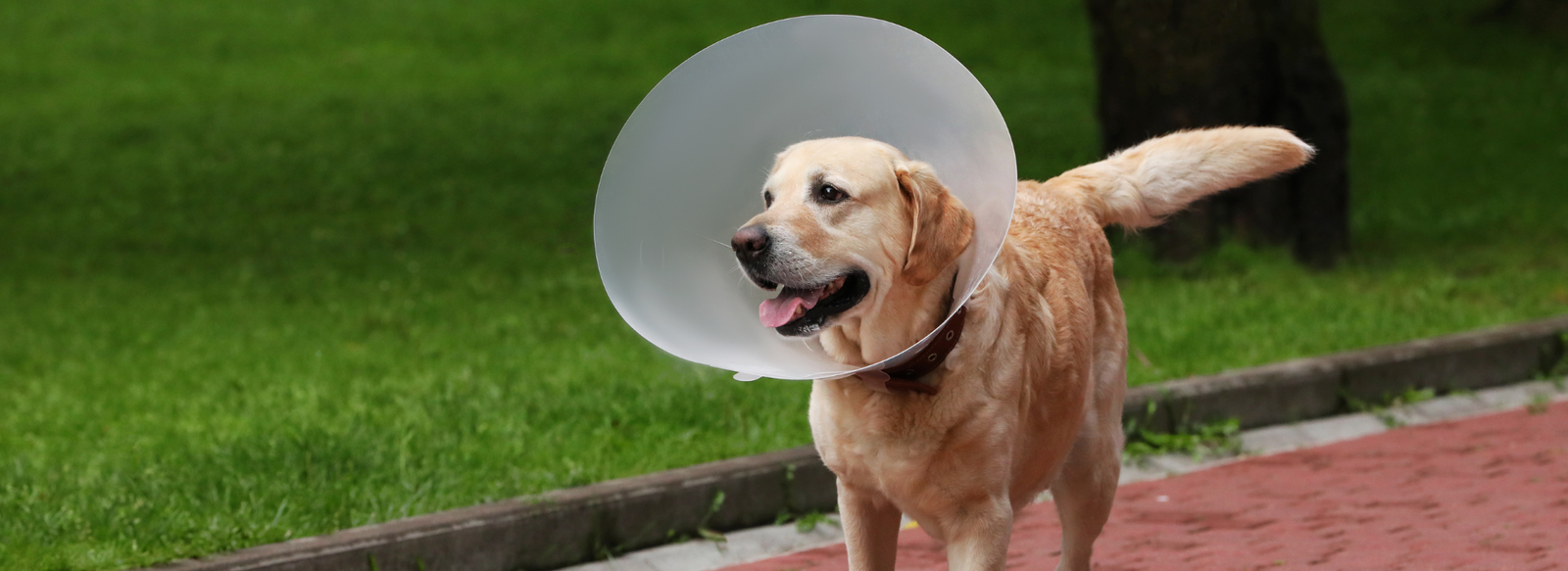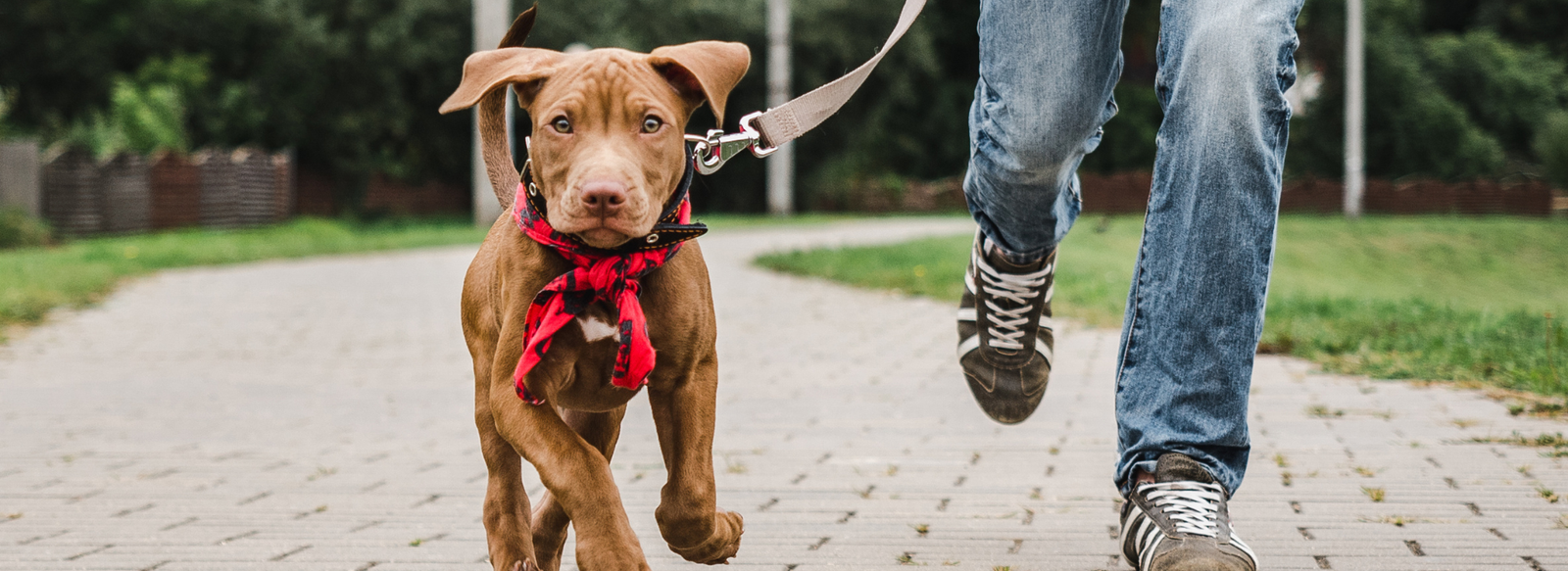How to Adjust a Dog Collar Correctly: A Guide for Dog Owners
Having a dog in your life brings immense joy and companionship. As a responsible dog owner, ensuring the comfort and safety of your furry friend is a priority. One of the fundamental aspects of dog care that sometimes gets overlooked is the proper adjustment of a dog collar. An ill-fitted collar can lead to discomfort, potential injuries, or even the risk of your dog slipping out and getting lost. In this article, we will guide you through the process of how to adjust a dog collar, ensuring a perfect fit for your beloved pet.
Understanding the Importance of a Proper Fit
Before diving into the adjustment process, it’s crucial to understand why a properly adjusted dog collar is significant. A well-fitted collar provides you with control during walks, helps display identification and vaccination tags, and ensures the collar cannot slip off easily. Conversely, a collar that’s too tight can cause chafing, discomfort, and even breathing issues, while a loose collar might catch on objects or allow the dog to escape.
Selecting the Right Collar
The journey to a perfect fit starts with selecting the right collar. Dog collars come in various materials, widths, and designs. For most dogs, a flat, nylon, or leather collar provides both comfort and durability. The width of the collar should be proportional to your dog’s size; larger dogs benefit from a wider collar, which distributes pressure more evenly, whereas smaller dogs might find wider collars too bulky and uncomfortable.
Step-by-Step Guide to Adjusting Your Dog’s Collar
- Measure Your Dog’s Neck: Using a cloth tape measure, measure your dog’s neck where the collar naturally sits. Insert two fingers under the tape measure to ensure there’s enough space for a comfortable fit. This measurement is a good starting point for adjusting the collar.
- Read the Collar’s Instructions: Before adjusting the collar, read any instructions provided by the manufacturer. Some collars have specific guidelines for adjustment and fitting.
- Initial Adjustment: Starting from the measurement you took, adjust the collar so it matches the neck size plus two fingers. If you’re using a buckle collar, place it around your dog’s neck and fasten it. For a slip collar, make sure it can tighten and loosen without resistance.
- Check the Fit: With the collar on your dog, check the fit by sliding two fingers between the collar and your dog’s neck. There should be enough space for your fingers to move comfortably but not enough for your dog to pull its head out. For puppies or dogs with a lot of fur, you may need to check more frequently as they grow or after grooming sessions.
- Adjust As Necessary: If the collar feels too tight or too loose, adjust the collar accordingly. A good rule of thumb is to always aim for that snug yet comfortable two-finger space between the collar and the neck.
- Monitor Your Dog’s Reaction: Observe your dog after fitting the collar. Signs of discomfort such as scratching at the collar area, gagging, or any change in behavior may indicate that further adjustments are needed.
Tips for Different Types of Collars
- Buckle Collars: These are the most straightforward when it comes to adjustment. Just feed the collar through the buckle to tighten or loosen as needed and ensure the buckle securely fastens.
- Martingale Collars: Often used for training or dogs that can slip out of flat collars, martingale collars tighten gently when pulled. Adjust these by ensuring the two loops of the martingale meet when pulled tight, but not to the point of causing discomfort.
- Smart Collars: If you’re using a smart collar to track your dog’s activity or location, ensure the device part of the collar sits comfortably against your dog’s neck without causing pressure points.
Maintaining the Perfect Fit
Just like humans, dogs can gain or lose weight, and their size can change as they age. Regularly checking the fit of your dog’s collar, especially after grooming, is essential. A good practice is to re-measure your dog’s neck and adjust the collar at least every six months or as needed.
Conclusion
Adjusting a dog’s collar properly is an easy yet vital task for ensuring their wellbeing and safety. Taking the time to select the right collar and adjusting it to fit snugly but comfortably around your dog’s neck can make all the difference. Remember, a happy dog is a dog that’s comfortable, safe, and ready to accompany you on all your adventures together.
A well-adjusted collar not only signifies a caring and responsible owner but ensures that your daily walks and activities are enjoyable and safe for both you and your furry friend. Always keep in mind the importance of regularly checking the collar’s fit and making necessary adjustments as your dog grows or changes in size. With these tips, you’re well on your way to ensuring your dog sports its collar proudly and comfortably.



